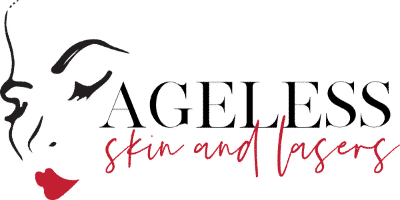PRP Benefits
- Great for treating acne scars
- Improves overall skin texture
- Brightens, tightens, and smooths skin
- Can be used as restoration for hair loss
- Plump up sagging skin
- Reduces deep creases in the skin
What is PRP?
Platelet Rich Plasma therapy (PRP) consists of injecting your own blood plasma under the dermis that aids in cell growth and collagen production. It is a non invasive, non surgical procedure that enhances complexion and texture and also improves decreased facial volume.
PRP is great for:
- Dark under-eye circles
Crow’s feet - Fine lines around the mouth
- Crepey skin in neck, chest, and eye areas
- Dull or gray skin tone
- Sun damage
- Acne scars, large pores, and more!
Platelet Rich Plasma (PRP) FAQ
What is PRP?
Platelet Rich Plasma therapy (PRP) consists of injecting your own blood plasma under the dermis that aids in cell growth and collagen production. It is a non invasive, non surgical procedure that enhances complexion and texture and also improves decreased facial volume.
Who is a good candidate for PRP?
If you suffer from dark under eye circles, crows feet, fine lines, crepey skin, course skin texture, dull skin tone, sun damage, acne scars or large pores, PRP would be an effective treatment for you. PRP therapy is not recommended for patients who have blood disorders, anemia, or cancers of the blood or bone.
How long do the results of PRP last?
The treatment, unlike botox and filler treatments, can last eighteen months to two years. PRP also gets better with time, contrary to botox and filler treatments that tend to break down.
What should be avoided before a PRP treatment?
Patients on blood thinners or anti-inflammatories (NSAIDS), should stop medication three weeks prior to treatment (consult with your physician).
12 HOURS BEFORE TREATMENT:
-No Retin-A products
-No auto-immune therapies for twenty-four hours (consult with your doctor prior to seeking a PRP treatment)
-Avoid sun exposure
-No sunburns can be on the area to be treated
-Skin must be clear of all products including makeup
-If acne appears on the area that is to be treated, a skin specialist will decide if it is safe to proceed
What should be avoided after the treatment?
Patients that are on blood thinners and anti inflammatories (NSAIDS) should wait several days after the treatment before resuming medication (consult with your physician).
-The first six hours avoid touching the treated area
-Wait until six hours after treatment to apply makeup
-The first twenty-four to forty-eight hours, sleep with your head elevated, preferably on your back, to lessen swelling and bruising. Bruising disappears in a few days
-The first seventy-two hours avoid scrubbing, exfoliating or massaging the treated area
-The first seventy-two hours, patients reported feeling some discomfort and swelling. It is safe to take over the counter medications to ease discomfort, however avoid aspirin because it is a blood thinner
-Ice packs wrapped in a thin cloth may be used to ease pain and swelling. Use an ice pack in five minute intervals
-After two weeks if you feel any lumps or unevenness in the skin, call your clinician. Skin will feel firm and then soften over time.
-If you experience itching and dryness over the treated area you may use a moisturizer, such as Vaseline, to calm these symptoms
